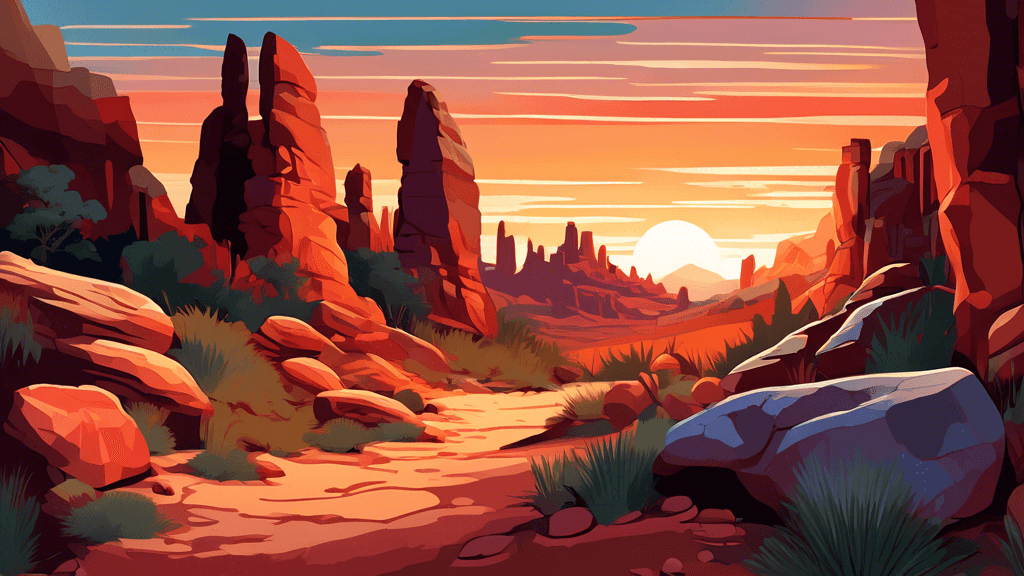
Exploring Nature's Art: The Stunning Beauty of Rock Formations
Share
Have you ever stood before a towering rock formation and marveled at its majestic structure? This natural art, sculpted over millennia, offers not just a visual spectacle but a profound connection to our planet's dynamic history. But what stories do these stoic giants tell, and why should we pay closer attention to them?
Understanding Rock Formations
Rock formations are not merely accidents of nature. They are the results of complex geological processes that can take millions of years to unfold. From the dramatic arches in Utah to the rugged peaks of the Himalayas, each formation holds clues about the Earth's past climates, geological processes, and even the movement of continents.
For instance:
- The striking Wave in Arizona with its undulating patterns beautifully illustrates the forces of wind erosion and ancient water flows.
- Multicolored sandstone formations like those found in Zhangye Danxia Landform in China speak to centuries of mineral deposits and shifting tectonic plates.
- The imposing basalt columns of Giant's Causeway in Northern Ireland tell tales of ancient volcanic eruptions and rapid cooling.
The Artistic Perspectives
From the perspective of art, rock formations can be seen as nature’s sculptures. The play of light and shadow, the variety of colors, and the sheer scale of these structures can evoke deep emotional responses. Renowned nature photographer Ansel Adams, who was known for his black-and-white landscapes, emphasized the importance of capturing the mood of the environment, once stating, Sometimes I do get to places just when God's ready to have somebody click the shutter.
Moreover, the abstract and surreal forms of rock formations often resemble the brushstrokes of a painter. This resemblance is not merely coincidental; it is a profound reminder of the interconnectedness of all creative expressions—whether human-made or natural.
Conservation Efforts
While we derive aesthetic and scientific benefits from these magnificent structures, they are facing threats from environmental changes and human activities. Erosion, climate change, and unchecked tourism are jeopardizing their existence. As lovers of art and nature, how can we contribute to their preservation?
- Supporting local and global conservation initiatives that aim to protect and maintain natural sites.
- Educating others about the importance of these natural wonders and the need for sustainable tourism practices.
- Participating in or donating to cleanup campaigns and conservation projects that focus on preserving these areas.
As the celebrated conservationist John Muir once said, In every walk with nature, one receives far more than he seeks. By protecting these geological treasures, we ensure that future generations can also experience the awe and inspiration that rock formations provide.
Connecting Through Photography and Art
Photography and art serve as bridges connecting the public to the rarely seen wonders of our natural world. By capturing and sharing images of these rock formations, photographers and artists play a crucial role in raising awareness about their beauty and their plight.
Whether you are a professional photographer, a hobbyist, or simply someone who appreciates the beauty of nature, consider how your engagement and interaction with nature’s art can make a difference. Could your photographs inspire others to appreciate and, more importantly, protect these natural masterpieces?
As we continue to explore and admire Earth’s geological artwork, let us remember our responsibility to safeguard these natural galleries. After all, isn't it true that great art deserves our utmost respect and preservation efforts?
Now, equipped with a deeper understanding and appreciation, how will you contribute to the protection and celebration of our planet’s rock formations? Whether through art, science, or advocacy, your involvement matters. Let's ensure that these stories—etched in stone—endure for eons to come.





